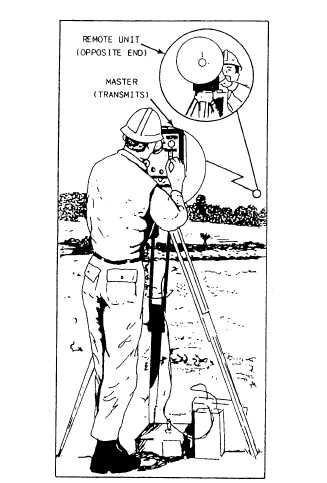Figure 12-2.—Electromagnetic distance-measuring equipment
in use.
REDUCTION OF SLOPE DISTANCE
As you learned in the EA3 TRAMAN, to reduce the
slope distance of a line to horizontal distance, you need
to know either the vertical angle of the line measured
from the instrument or the difference in elevation
between the ends of the line. With that information you
can use the equations that you studied in chapter 12 of
the EA3 TRAMAN to reduce the slope distance. As
applied to chaining or transit-tape operations, the
calculations are simple; however, as applied to EDM
operations, the procedures are frequently a little more
complicated, as you will see below. The methods of
slope reduction that we will discuss in this chapter
should be used only for slope distances that are less than
2 miles in length or for observed vertical angles that are
less than 5 degrees. For a discussion of slope reduction
when distances of over 2 miles or vertical angles greater
than 5 degrees are encountered, you should study
commercial publications, such as Surveying Theory and
Practice, by Davis, Foote, Anderson, and Mikhail.
Slope Reduction Using the Vertical Angle
When the slope distance and the vertical angle are
obtained from separate setups of an EDM and a
theodolite, additional information is required for
reducing the slope distance. This information includes
the heights above the ground (h.i.) of the EDM
transmitter and the reflector or remote unit, the h.i. of
Figure 12-3.—An electro-optical distance-measuring instrument (Geodimeter).
12-3




